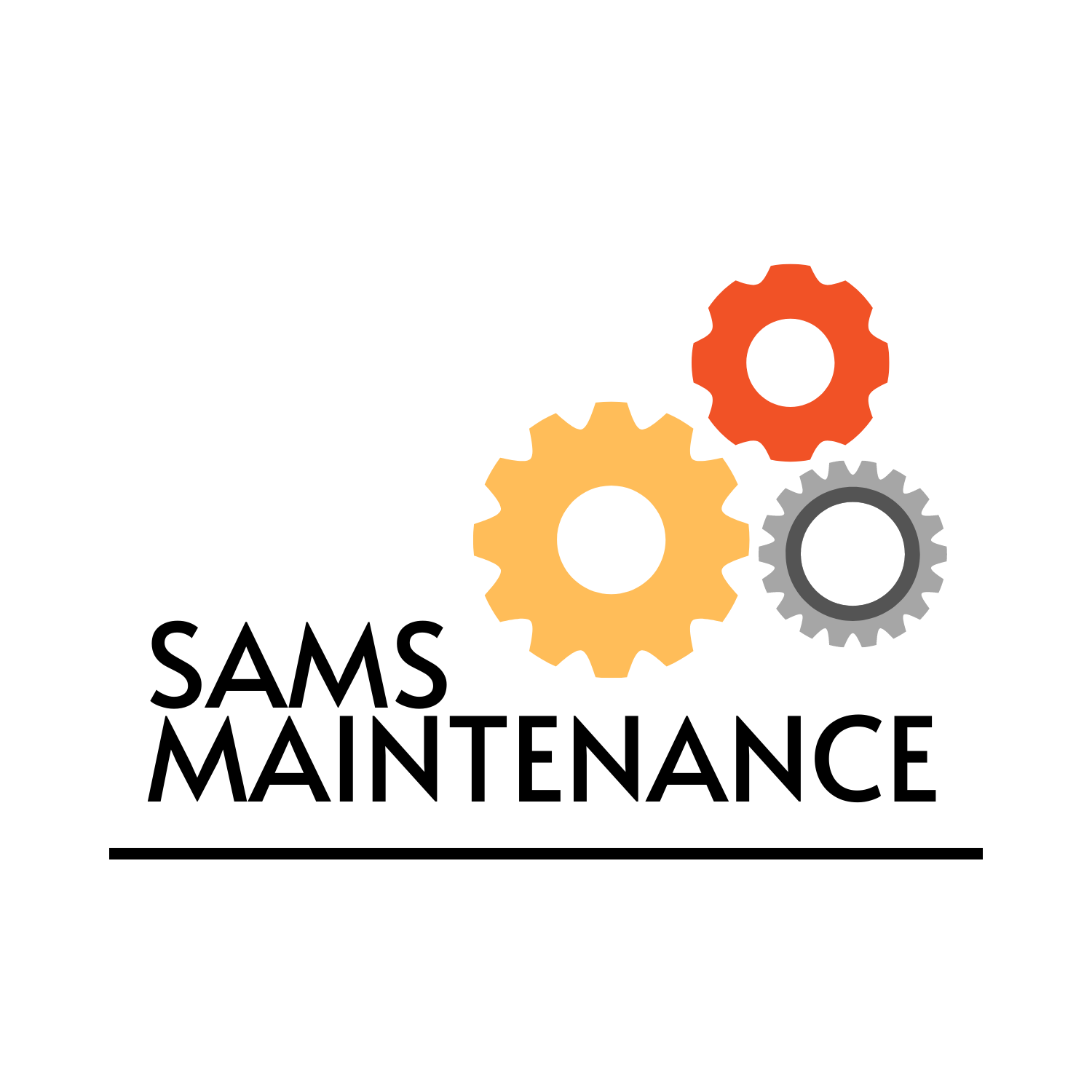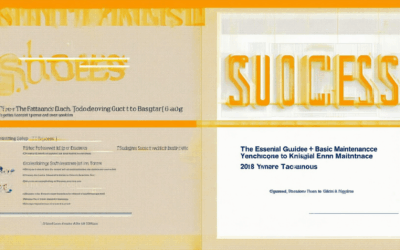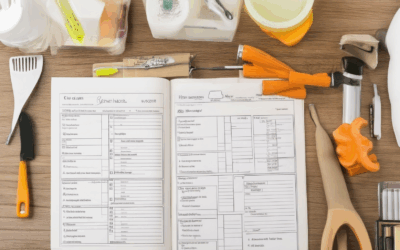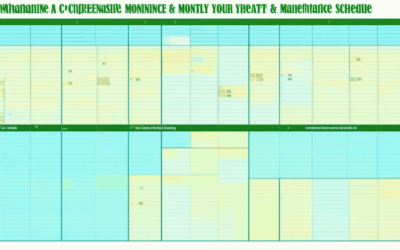Maintaining a home can seem daunting, especially for newcomers who may not know where to begin. Whether it’s keeping up with regular chores, addressing unexpected repairs, or planning for future upgrades, home upkeep is a vital responsibility that requires both knowledge and strategy. For those new to homeownership, the task can feel overwhelming, but with the right guidance, it becomes manageable and even enjoyable. This article dives into the essentials of home upkeep for beginners, offering practical checklists, budgeting tips, and DIY repair ideas to help you stay on top of things. From creating a maintenance schedule to learning which tools are most useful, we’ll cover everything you need to keep your home in great shape. By adopting a proactive approach, you can save money, extend your home’s lifespan, and create a safe, comfortable living environment. Let’s explore the key aspects of home upkeep, from daily routines to long-term plans, ensuring you’re well-prepared to care for your new space.
Key Takeaways
– Organize Your Home Maintenance Schedule: Create a monthly checklist for tasks like HVAC inspections, plumbing checks, and roof repairs, plus seasonal tasks like spring cleaning and winter preparation to stay proactive.
– Budget Effectively for Home Upkeep: Allocate 1-2% of your home’s purchase price annually for maintenance, including costs for utilities, landscaping, and emergency repairs.
– Learn Basic DIY Skills: Master simple fixes for common issues to save money and time, but know when to call a professional for specialized repairs.
– Use a Home Maintenance App: Utilize apps like Sams Maintenance for customizable checklists, task reminders, and cost estimation to streamline your routine.
– Streamline Your Routine: Implement organized systems to reduce stress and ensure your home stays in excellent condition year-round.

Regular House Maintenance Checklist
Keeping your house in great shape requires consistent effort. Here’s a comprehensive guide to the essential tasks you should tackle regularly:
- Exterior Maintenance
- Roof Inspection : Check for missing or damaged shingles and clean out gutters to prevent water buildup.
- Gutter Cleaning : Remove debris and ensure proper drainage to protect your home from water damage.
- Siding Inspection : Look for signs of wear, peeling paint, or damage from pests like woodpeckers.
- Window Checks : Inspect for cracks, drafts, or condensation that could indicate poor insulation or damage.
- Plumbing System
- Main Water Valve : Turn off the main valve periodically to check for leaks and ensure proper closure.
- Pipe Inspections : Look for visible leaks or corrosion under sinks, toilets, and bathtubs.
- Water Heater Maintenance : Flush the tank to remove sediment and check for leaks or unusual noises.
- Heating and Cooling Systems
- HVAC Service : Schedule annual tune-ups to ensure efficiency and prevent breakdowns.
- Air Filter Replacement : Clean or replace filters to maintain airflow and system performance.
- Electrical System
- Outlet and Switch Checks : Test all outlets and switches to ensure they’re functioning correctly and not overloaded.
- Circuit Breaker Inspection : Look for tripped breakers that may indicate overloaded circuits or electrical issues.
- Exposed Wires : Safely inspect for any exposed or frayed wires that could pose a fire risk.
- Kitchen and Appliances
- Cooking Range : Clean the vent hood and ductwork to ensure proper ventilation and prevent carbon monoxide buildup.
- Dishwasher : Check the drain hose for cracks and ensure it’s properly connected to avoid leaks.
- Fireplace and Chimney
- Chimney Inspection : Clean the flue and check for blockages caused by debris or animal nests.
- Fireplace Safety : Inspect the fireplace for damage or soot buildup and test the flue for proper drafting.
- Landscape and Drainage
- Garden and Yard : Regularly trim trees and bushes to prevent root damage to your home’s foundation.
- Gutter and Downspout : Ensure they’re clear and directed away from the house to prevent water pooling.
- Structural Integrity
- Wall and Floor Checks : Look for cracks or uneven surfaces that could indicate structural issues.
- Foundation Inspection : Monitor for signs of movement or settling that may require professional evaluation.
- Appliance Hoses
- Washing Machine Hoses : Check for cracks or kinks that could lead to leaks.
- Refrigerator and Ice Maker : Ensure hoses are secure and free of wear.
- Water Features
- Pools and Spas : Maintain water levels, check for leaks, and ensure proper filtration to prevent bacteria growth.
Tools You’ll Need:
- Multimeter for electrical checks
- Ladder for reaching high areas
- Camera for inspecting hard-to-reach spaces
Why Regular Maintenance Matters:
- Prevents small issues from becoming major problems
- Extends the life of your home systems
- Improves energy efficiency
- Ensures safety and comfort
Scheduling regular maintenance tasks ensures your home remains in top shape year-round. Prioritize these checks and tasks to enjoy a safe, comfortable living environment.
What is the 1 rule for home maintenance?
The 1 rule for home maintenance is to allocate 1% of your home’s purchase price annually for repairs and upkeep. This rule has evolved over time and now accounts for modern construction materials and labor costs. For example, if you own a $300,000 home, set aside $3,000 annually for maintenance.
- Inspect Systems Regularly: Schedule annual checks for HVAC, plumbing, and electrical systems to catch issues early. This helps prevent costly repairs and ensures your systems run efficiently.
- Hire a Professional Inspector: A trained inspector can identify hidden problems, such as termites, mold, or structural issues, that might otherwise go unnoticed.
- Monitor for Leaks and Damage: Check pipes, roofs, and walls for signs of wear or damage. Addressing these issues promptly can save you from bigger expenses down the line.
- Test Emergency Systems: Ensure smoke detectors, carbon monoxide detectors, and fire alarms are working properly to protect your family and home in case of emergencies.
For more detailed guidance and professional services, visit Sams Maintenance . We specialize in providing comprehensive home maintenance solutions and resources to keep your property in great shape year-round.

How to Take Care of Your First Home
Welcome to homeownership! Taking care of your first home can seem overwhelming at first, but with the right approach, it becomes manageable. Here’s a comprehensive guide to help you maintain your home effectively.
Budgeting for Home Maintenance
Creating a budget is essential for managing home maintenance costs. Start by estimating annual expenses for utilities, repairs, and replacements. Set aside a portion of your income each month for a “home maintenance fund.” This will help you stay prepared for unexpected issues.
Cleaning and Organization
Keeping your home clean is the foundation of good maintenance. Regular cleaning tasks, such as dusting, vacuuming, and mopping, prevent dirt and grime buildup. Use microfiber cloths for quick cleanups and consider investing in a good vacuum with attachments for hard-to-reach areas. Organize belongings into labeled bins to keep spaces clutter-free.
Lawn Care
Your lawn requires consistent attention to stay healthy and visually appealing. Mow regularly, typically every week, and bag the clippings to prevent buildup. Weed trimmers are great for edges and hard-to-reach areas. Apply fertilizer seasonally, following package instructions, to promote growth and health.
Energy Efficiency
Reducing energy waste can save you money and extend the life of your systems. Install programmable thermostats to regulate temperature efficiently. Inspect windows and doors for leaks or drafts and consider adding weatherstripping. Replace old appliances with ENERGY STAR-certified ones to improve efficiency and lower utility bills.
Safety Checks
Regular safety inspections are crucial to prevent accidents and ensure your home remains secure. Check smoke detectors and carbon monoxide alarms monthly. Test fire extinguishers annually and ensure they are placed strategically around the kitchen and living areas. Inspect electrical outlets and switches for signs of wear or damage.
Plumbing Maintenance
Plumbing systems are prone to issues, so regular checks can prevent costly repairs. Clean out bathtub drains weekly and run water through kitchen sinks to clear pipes. Inspect pipe connections for leaks and consider installing a water softener if needed. Address slow drains promptly to avoid clogs.
Appliance Care
Extend the life of your appliances with routine maintenance. Clean the lint trap in your dryer frequently to prevent blockages. Wipe down refrigerator shelves and defrost the freezer periodically to keep things running smoothly. Schedule professional services for major appliances like HVAC systems and ovens to ensure they operate efficiently.
Conclusion
Caring for your home doesn’t have to be stressful. With a well-planned budget, regular cleaning routines, and routine inspections, you can maintain your property in excellent shape. Remember to address issues early and seek professional help when needed. Happy homeownership!

Creating a Simple Home Maintenance Schedule
Maintaining your home requires consistent effort to ensure everything runs smoothly. Here’s a simple guide to organizing your home maintenance schedule:
Monthly Tasks
- Check HVAC System: Inspect filters, vents, and ductwork for cleanliness and blockages.
- Inspect Plumbing: Look for leaks near sinks, toilets, and pipes.
- Roof Inspection: Check for missing shingles or damage.
- Exterior Checks: Paint trim annually, clean gutters, and inspect the chimney.
- Interior Checks: Examine foundation for cracks, test smoke/carbon monoxide detectors, and check appliances like the stove, refrigerator, and water heater.
- Appliance Testing: Flip switches on and off to ensure functionality.
Seasonal Tasks
Spring Cleaning
- Clean gutters and downspouts.
- Pressure wash decks and walkways.
- Inspect and prepare sprinkler systems.
Fall/Winter Preparation
- Rake leaves and clean up debris.
- Close pools and drain hoses.
- Winterize HVAC units and check the furnace.
- Clear snow from roofs and walks.
- Inspect pipes for potential freezing.
By staying organized with these tasks, you can keep your home in great shape. For more detailed guides and tools, visit our home maintenance resources .
What to Budget for Home Maintenance?
To effectively manage your home maintenance expenses, it’s essential to set aside a portion of your budget for unexpected repairs and routine upkeep. Here’s a breakdown of what to consider:
Start by allocating 1% to 2% of your home’s purchase price annually for maintenance. This covers essential tasks like roofing repairs, plumbing issues, and appliance replacements. If 2% feels overwhelming, begin with a smaller percentage and gradually increase it over time.
- Monthly Maintenance Costs: Plan for recurring expenses such as utilities, trash services, and landscaping. These often fall between $100 to $300 monthly, depending on your location and property size.
- Emergency Repairs: Set aside money for unexpected issues like burst pipes or electrical malfunctions. These can range from $500 to several thousand dollars, so having a reserve fund is crucial.
- Appliance Replacement: Replace major appliances every 10-15 years. A new refrigerator might cost around $800-$1,500, while a washer or dryer replacement typically ranges between $400-$900.
- Landscape and Exterior Work: Budget $200-$600 annually for lawn care, tree trimming, and exterior painting. This helps maintain your home’s curb appeal and safety.
- Home Improvement Projects: Save for larger renovations. Kitchen remodels average $10,000-$30,000, while bathroom updates usually cost between $5,000-$15,000.
By prioritizing these expenses, you can avoid financial strain and ensure your home remains in great shape. Regularly inspect your property and plan ahead to prevent minor issues from becoming major problems.

What is the app for home maintenance checklist?
Sams Maintenance offers a comprehensive digital solution tailored for homeowners seeking to manage their property maintenance efficiently. Our app serves as a centralized hub for organizing and tracking essential home maintenance tasks, ensuring nothing slips through the cracks.
Key Features of Sams Maintenance App:
- Customizable Checklists: Create and organize checklists for various home systems like HVAC, plumbing, electrical, and more.
- Reminders and Notifications: Set reminders for scheduled maintenance tasks to stay on top of important deadlines.
- Task Assignment and Tracking: Assign tasks to contractors or family members and track progress with ease.
- Calendar Integration: Sync maintenance schedules with your personal calendar for seamless management.
- Cost Estimation Tool: Estimate costs upfront for common maintenance projects to budget effectively.
Why Choose Sams Maintenance?
Our app prioritizes simplicity and functionality, helping homeowners maintain their properties with confidence. Whether you’re managing a single home or a portfolio, Sams Maintenance provides the tools needed to streamline your maintenance routine.
Competitor Apps and Comparison:
While there are several apps catering to home maintenance needs, Sams Maintenance stands out for its comprehensive approach and user-centric design. We recommend exploring apps like Homescope and PropertyMaintenancePro to find the solution that best fits your preferences.
Conclusion:
The Sams Maintenance app is your ultimate partner in home maintenance management. With customizable checklists, essential task tracking, and reliable reminders, we empower you to take control of your property’s upkeep effortlessly. Download our app today and experience the difference in how you manage your home maintenance.




0 Comments